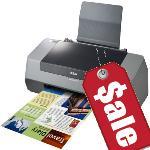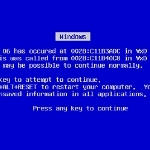
By Mitz for Windows Talk
#1. Using File types For Organization
This step can be mainly used to organize all the applications present in a computer system. For any executable program such as PowerPoint, Excel, Word, games, other applications, create a different folder. For example, a folder can be created and named application files or any other name. This way, it would be easier to know where all the applications of a system are.
#2. Creating Different Folders in Documents
Computer users often save their files directly in the My Documents for Windows XP or Documents folder for Windows Vista and Seven. In this folder, many subfolders can be created just like a filing cabinet for a large storage space, in this case the computer. So why are computer users simply throwing files into the Documents folder without creating subfolders?
Another thing to do is to name the folders using simple identifiable names. For example, at some point of time in the future, instead of thinking what some abbreviated folder contains, it is best to keep a specific name regarding those files and what they represent.
#3. A single place for everything
Many users create partitions in their hard disk and create different drives. The main aspect of this is to store the data in an organized manner but with time the whole theory goes for a toss. The best thing to do is place each and every document in the Documents folder and not anywhere else. Anything from a simple spreadsheet to an important presentation should be present in the Documents folder so that it can be accessed easily and can be found for creating a backup.
Article Continued Here
This excerpt is shared with permission from Windows Talk.





